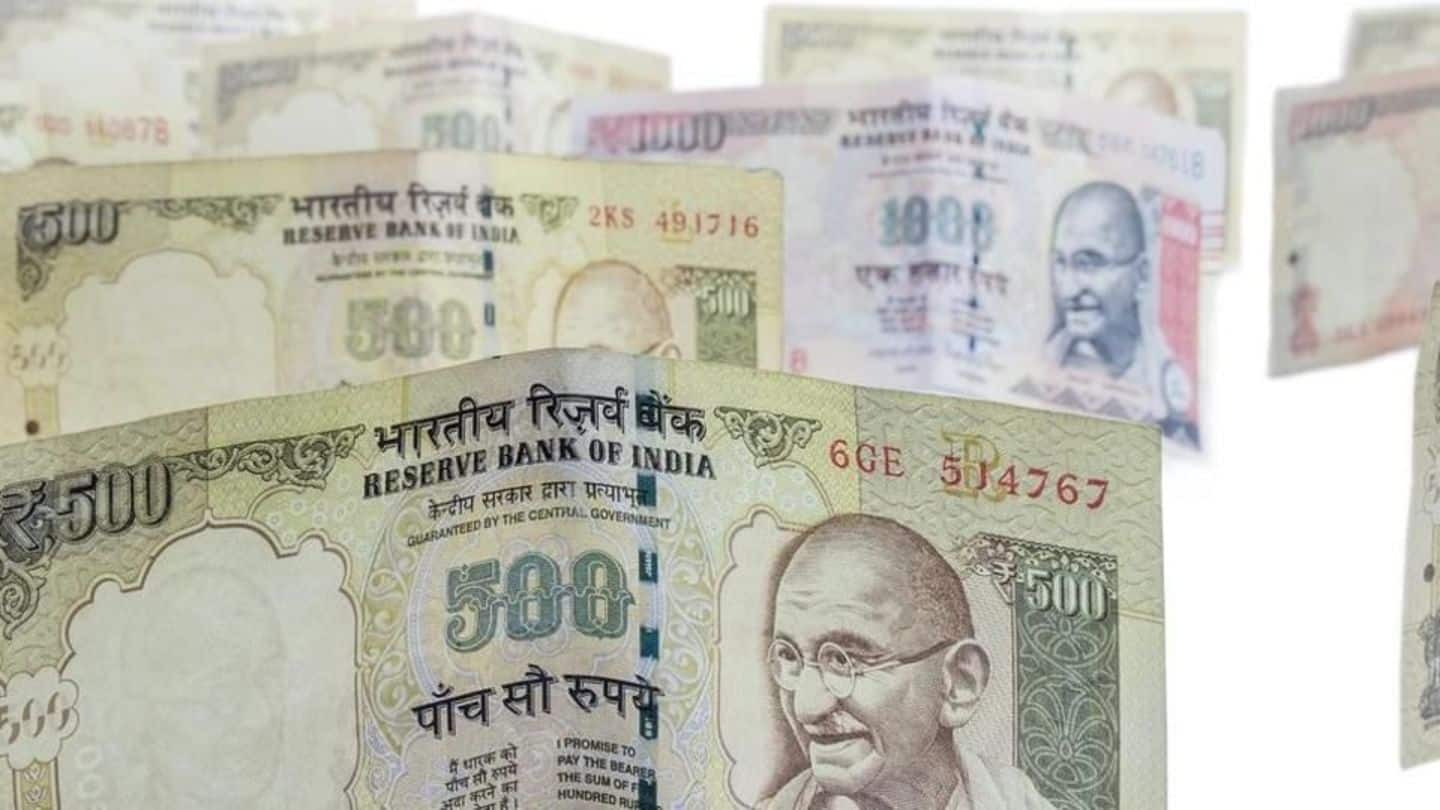
Do you know where your old Rs. 500/1,000 notes are?
What's the story
Currency in circulation still hasn't reached pre-demonetization levels. Apart from the fact that enough notes haven't been printed yet, there's another reason behind the shortage of currency, one you probably never imagined.
Ever wondered what happened to the old Rs. 500 and 1,000 notes?
According to DNA, all of them sit in banks' chests, eating up space and hindering storage of new notes.
Do you know?
First of all: how does distribution of currency work?
Regional RBI offices receive notes from presses and coins from the central bank and government mints. They are sent to currency chests at select branches of chosen banks (there are about 4,075 across India) and small coins depots, from where they go to all branches.
Still in store
But why are old notes not being destroyed?
According to a banker, RBI "wants to check every note for fake currency".
But since it doesn't have space to hold them, notes have been distributed across all currency chests and 3,746 branches acting as small coins depots.
"This is creating a space crunch. Even if we're eligible for more currency, we're unable to take it for want of space," said a bank official.
Information
The RBI's initial plans were grand
Earlier, reports talked about how the RBI planned to shred old notes and recycle them into cardboard, briquettes or compressed blocks, and then into stationery etc. It was lauded as a revolutionary new practice; till 2001, old notes were incinerated.
Status
Meanwhile, pre-demonetization levels yet to be attained
There are other reasons for a shortage of cash: RBI is yet to print more notes. Government focus on digitalization might be hindering the pace of printing, officials say.
On November 8, currency worth Rs. 15.4L crore, 86.9% of the total money in circulation, turned into paper.
Presently, there's about Rs. 15.51L crore in circulation, Rs. 2.46L crore less than pre-demonetization levels of Rs. 17.97L crore.
Temporary
The timeline is brewing!
The timeline is brewing!